Circa 2011 Talks about he lightcycler.
Carl T. Wittwer, M.D., Ph.D.
Seminal technology continues to be a work in progress.

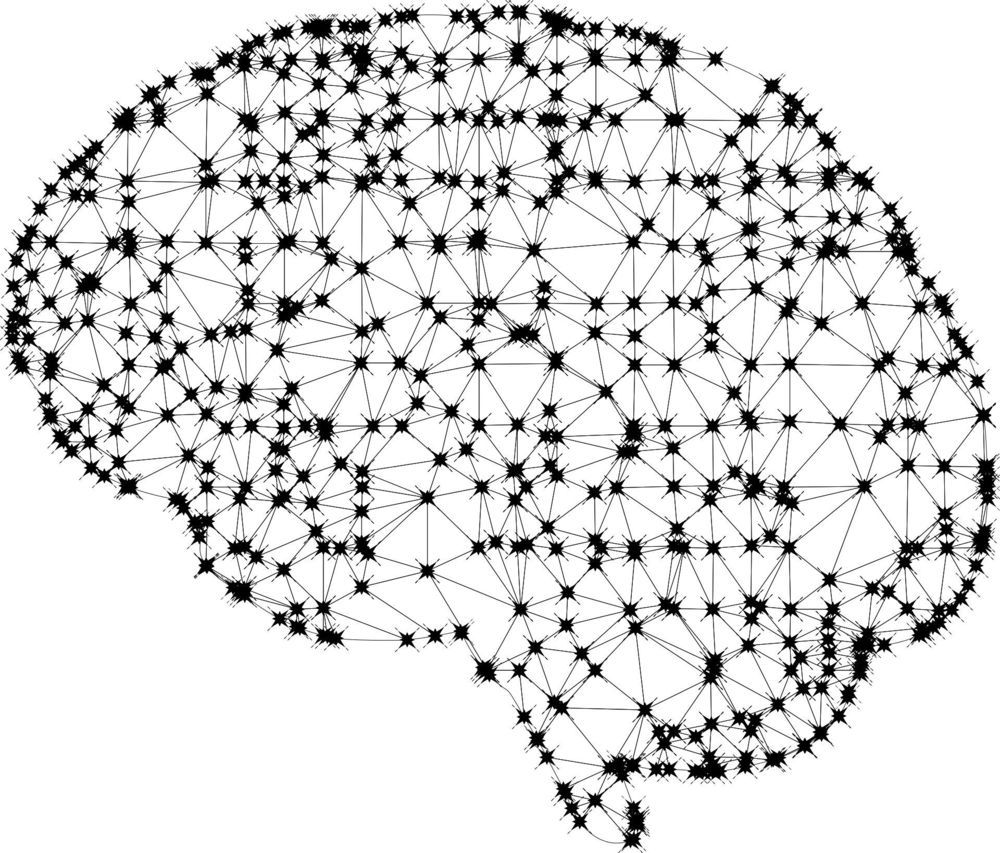
Physicians making life-and-death decisions about organ transplants, cancer treatments or heart surgeries typically don’t give much thought to how artificial intelligence might help them. And that’s how researchers at Carnegie Mellon University say clinical AI tools should be designed—so doctors don’t need to think about them.
A surgeon might never feel the need to ask an AI for advice, much less allow it to make a clinical decision for them, said John Zimmerman, the Tang Family Professor of Artificial Intelligence and Human-Computer Interaction in CMU’s Human-Computer Interaction Institute (HCII). But an AI might guide decisions if it were embedded in the decision-making routines already used by the clinical team, providing AI-generated predictions and evaluations as part of the overall mix of information.
Zimmerman and his colleagues call this approach “Unremarkable AI.”

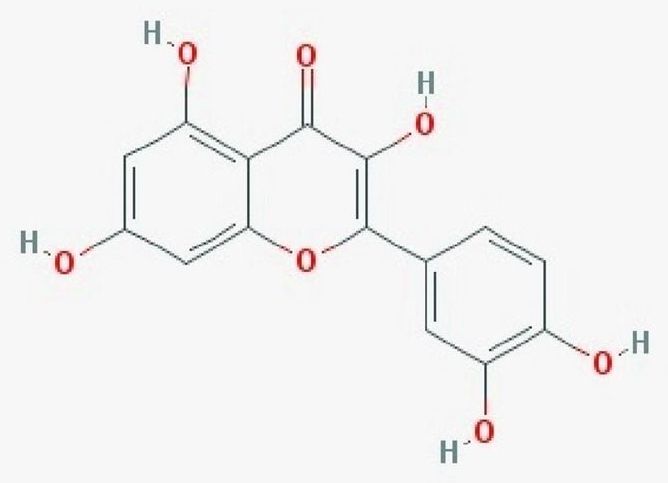
Biomedical application of quercetin (QT) as an effective flavonoid has limitations due to its low bioavailability. Superparamagnetic iron oxide nanoparticle (SPION) is a novel drug delivery system that enhances the bioavailability of quercetin. The effect of short time usage of quercetin on learning and memory function and its signaling pathways in the healthy rat is not well understood. The aim of this study was to investigate the effect of free quercetin and in conjugation with SPION on learning and memory in healthy rats and to find quercetin target proteins involved in learning and memory using Morris water maze (MWM) and computational methods respectively. Results of MWM show an improvement in learning and memory of rats treated with either quercetin or QT-SPION. Better learning and memory functions using QT-SPION reveal increased bioavailability of quercetin. Comparative molecular docking studies show the better binding affinity of quercetin to RSK2, MSK1, CytC, Cdc42, Apaf1, FADD, CRK proteins. Quercetin in comparison to specific inhibitors of each protein also demonstrates a better QT binding affinity. This suggests that quercetin binds to proteins leading to prevent neural cell apoptosis and improves learning and memory. Therefore, SPIONs could increase the bioavailability of quercetin and by this way improve learning and memory.

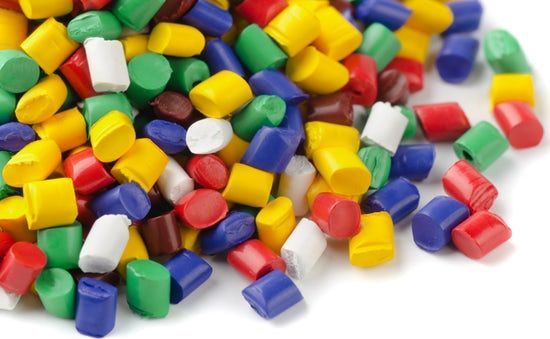
Plastics are useful and ubiquitous – but that’s not always a good combination. The vast majority of plastic waste can’t be recycled, meaning it ends up in landfills at best or the ocean at worst. To help curb the problem, researchers at Berkeley Lab have now designed a new type of plastic that can apparently be reduced right back to its molecular parts, before being remade over and over.
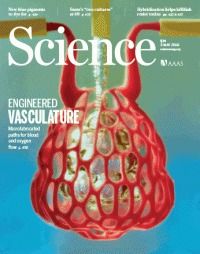
Circa 1998
CELL BIOLOGY
F or cells, aging and cancer are often opposite sides of a genetic coin: With “heads,” cells will eventually stop dividing, reaching a permanently quiescent stage called senescence, as do normal human cells in lab cultures. With “tails,” the cells with genetic defects can become immortal and never stop dividing—a common characteristic of cultured cancer cells. Now, a group at Baylor College of Medicine in Houston has found a gene that may help determine which side the coin lands on.
![Figure][1]/img.
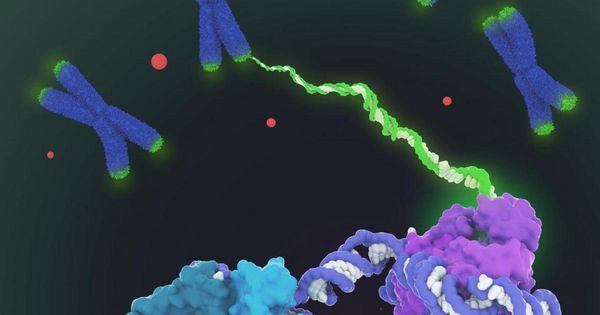

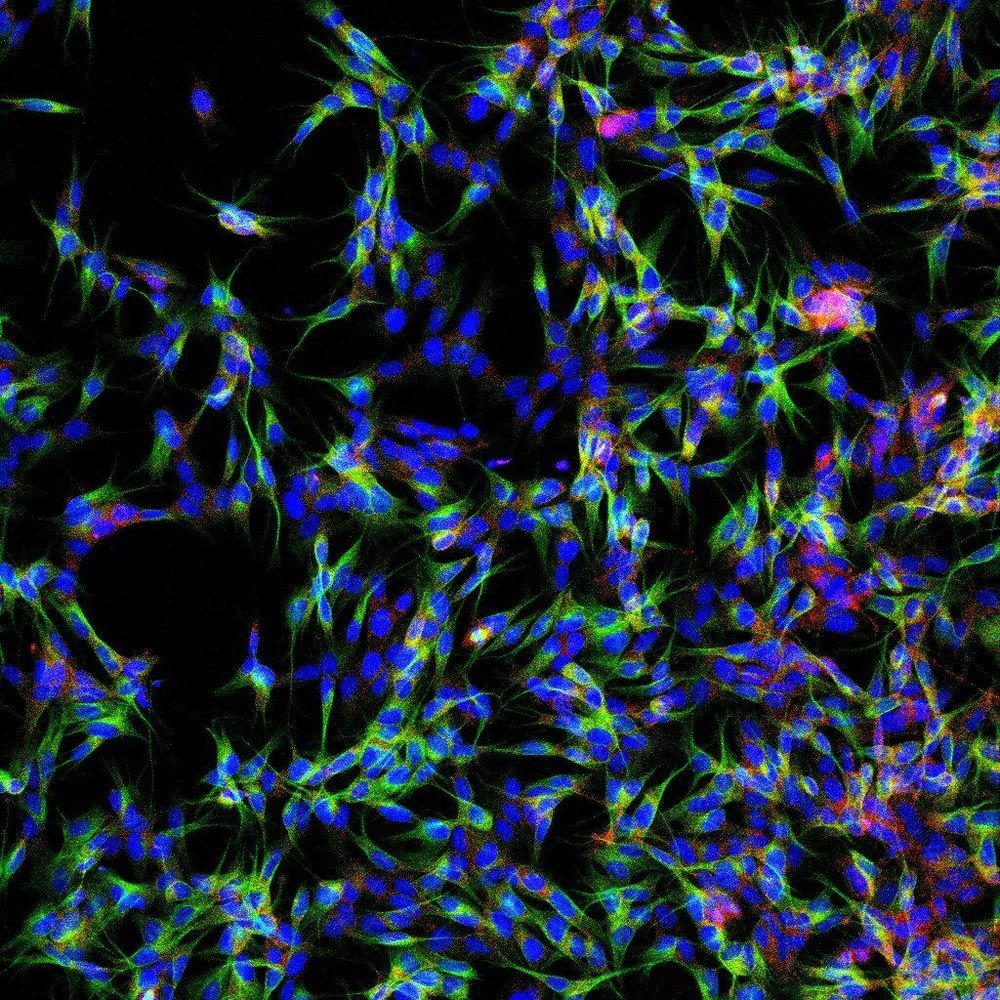
Researchers have developed a method that could drastically accelerate the search for new drugs to treat mental health disorders such as schizophrenia.
Mental health disorders are the leading cause of disability worldwide, accounting for 31% of total years lived with disability. While our understanding of the biology behind these disorders has increased, no new neuropsychiatric drugs with improved treatment effects have been developed in the last few decades, and most existing treatments were found through luck.
This is mainly because doctors can’t take brain tissue samples from patients in the same way that they are able to do a biopsy on a cancer tumour elsewhere in the body for example, so it’s difficult for researchers to understand exactly what to target when designing new neuropsychiatric drugs.